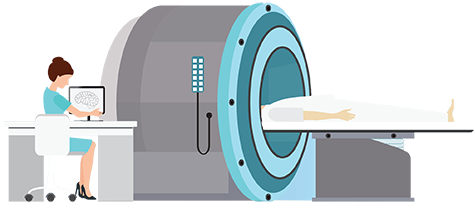

Radiology is the branch of science concerning high-energy radiation, such as X-rays, particularly with respect to their use in the medical field. Radiologic technologists are responsible for using X-ray, ultrasound or MRI machines, among others, to take images of patients in order to help doctors diagnose illnesses or injuries and come up with a plan of treatment. Among other skills, radiology techs must be knowledgeable about anatomy, examination techniques, and how to best position patients to take clear scans and protect them from unnecessary radiation.
There are different specialties within radiologic technology, and prospective students may want to consider which one interests them the most before choosing a specific program. Career options in the field can include:
Vermont may not be a large state, but it still has some excellent options for prospective radiology students to consider. According to the National Center for Education Statistics, schools that may offer appropriate programs include:
Many health care careers require some postsecondary education or training, and radiologic technology is no exception. Here are some basic steps to follow if you’re interested in pursuing a career in the field.
The table below shows average annual salaries in Vermont for different professionals in the field of radiologic technology, according to the Bureau of Labor Statistics. Keep in mind that salaries may vary by level of experience, location and employer.
| Career | Total Employment | Annual Mean Wage |
|---|---|---|
| Cardiovascular Technologists and Technicians | 40 | N/A |
| Diagnostic Medical Sonographers | 80 | 76,330 |
| Magnetic Resonance Imaging Technologists | 40 | 77,950 |
| Radiologic Technologists | 420 | 60,340 |
Vermont State Radiology Licensing
Vermont Secretary of State
Office of Professional Regulation
89 Main Street, 3rd Floor
Montpelier VT 05620-3402
(802) 828-3228
https://www.sec.state.vt.us/professional-regulation/list-of-professions/radiologic-technology.aspx